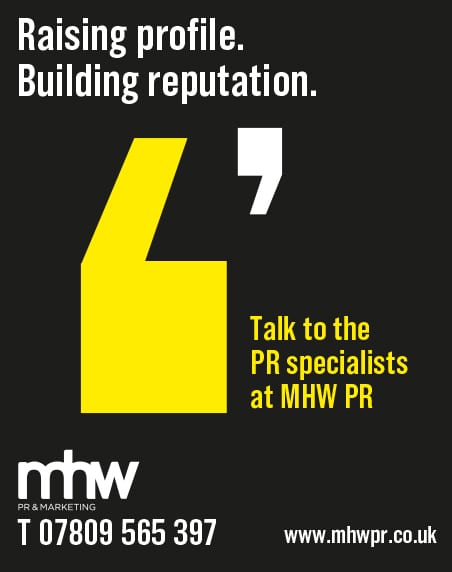As businesses and individuals, we all need to cut our carbon footprint, while the UK government has set a target of the country being carbon neutral by 2050 - called net zero.
It’s a noble aim, but how can it be achieved in practice? Clare Galland, environmental and regulatory affairs manager at Everflow Water, the first carbon-neutral business water supplier in the UK, explains more.
Climate change affects us all, and particularly the water industry. Less predictable and more extreme weather is caused by carbon emissions from people and businesses using motor vehicles, heating, electricity and consuming more than we need. Without urgent action, this will lead to more heatwaves, droughts, water shortages, flooding and burst pipes for our customers. All of this means that becoming carbon neutral is vital, and there are two elements to this. Cut your own emissions as much as possible, then offset those you can’t avoid. At Everflow, we’re working on both elements, helping our business, our staff and our suppliers and partners to reduce their impact on the environment, while also taking external measures to neutralise the carbon that is unavoidable, including through our supply chain. While water itself is seen as a renewable resource, the infrastructure around its use is actually quite carbon-heavy when you take elements such as treatment, distribution, and heating water into consideration.
Carbon neutrality begins at home
Small changes can have a big impact, and we encourage all employees to do what they can, by thinking about the energy they use and cutting back where they can. As part of this, we surveyed our employees to find out about their commuting habits and found that many of them were interested in converting to electric vehicles. We’ve listened to them and partnered with the Octopus employee electric vehicle salary sacrifice scheme, to help those interested access vehicles more affordably. We’re also trying to buy refurbished electronics like laptops wherever we can. As a fast-growing business, where and how we work is mostly in our control, and commuting is a key part of this. We’re moving offices later this year and public transport, good cycling and walking links will all be considered when choosing where we move to. At the moment, we’re renting space on an out-of-town business park, with access only by car, and no local shops where employees can buy lunch. While we’re working with our landlord to encourage them to reduce emissions involved in running the business park, and more specifically on their water usage, our location and preference for face to face team working means that many of our employees have to use their cars.
Customer care
As a customer-facing business, we also see it as our responsibility to help our customers to cut their carbon footprints. We’ve recently appointed a new environmental services coordinator, who, as well as delivering our pilots of innovative efficiency products and services, will support us with roll out of a series of smart metering, water efficiency, and leak detection and repair products later this year. We’re on a mission to get our customers to save as much water as possible, which will incidentally reduce the carbon emissions associated with their water and wastewater services, and their water bills.
When you can’t cut, offset
As a water retailer, we don’t actually supply the water ourselves and we know that our wholesalers have their own race to zero commitments – aiming for carbon neutrality by 2030 for all water supplies. Until then, we’re committed to offsetting the emissions from our own customers’ volumetric water and wastewater supplies. We’ve done this by buying ‘buy to retire’ (not tradeable) United Nations Clean Development Mechanism certified carbon credits from THG eco, which means that our customer contracts are fully carbon neutral from 2021 to 2023 inclusive, and our own business is carbon neutral since 2020 until end of 2023. These particular credits are supporting a renewable energy project in Hunan province, China. We bought credits for future years in advance, factoring in our own fast projected growth. We’ve also just signed The Climate Pledge to achieve net zero by 2040, but we think we can achieve it in the next few years. We use a lot of third parties for services such as meter reading, debt collection and changes of tenancy, and in 2020 these made up around 75 per cent of our own Scope 3 emissions. Therefore a further part of our commitment to achieving net zero by 2040 will focus on asking our suppliers and partners to reduce their own emissions, and show us their carbon reduction plans. When the time comes to renewing or reviewing supplier contracts, we will require carbon reduction plans, and we’ll include how well suppliers are performing on carbon emissions and reducing them in our scoring selection criteria.
Carbon neutrality is all of our business, and while continuously reducing your business’s footprint is essential, offsetting is a valuable tool in the race to achieve net zero.


